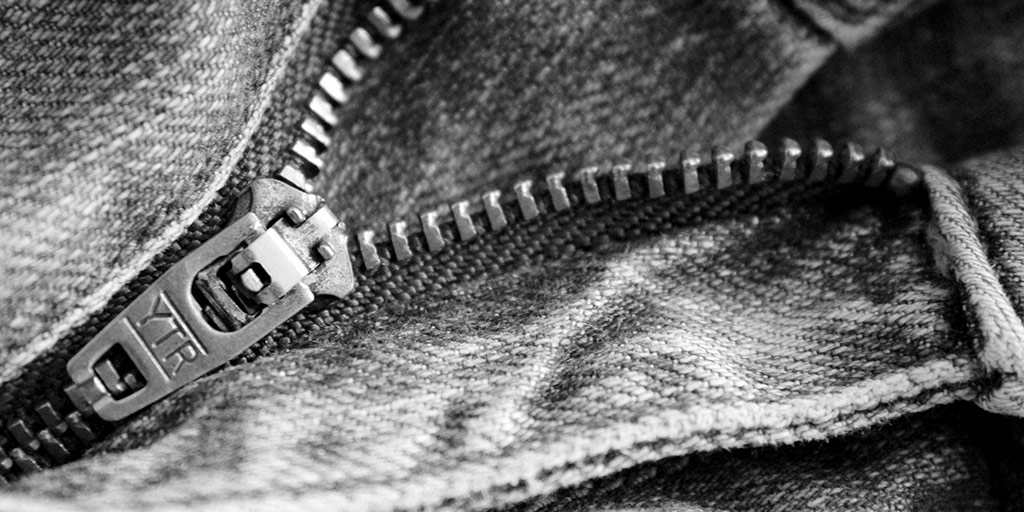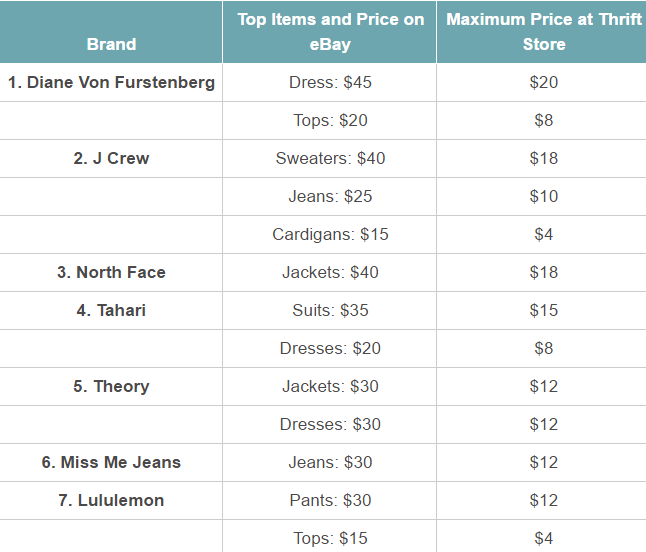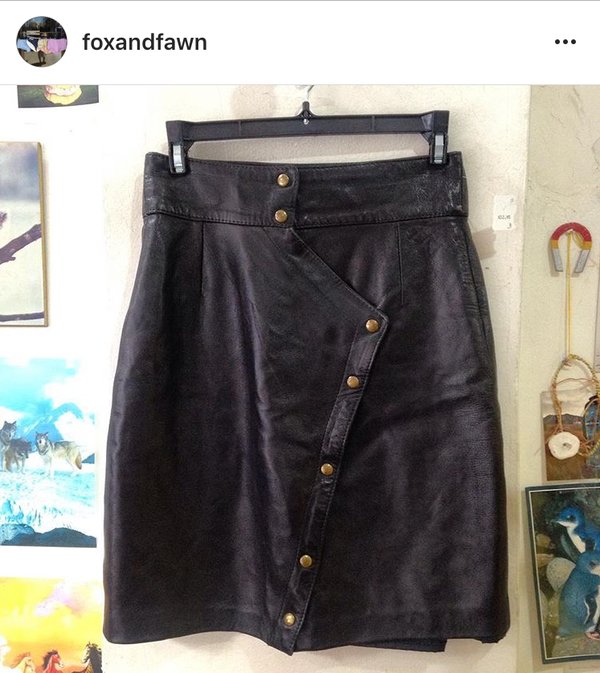
Selling second-hand clothing may not seem to be a particularly lucrative choice on eBay, but what if we told you some sellers are are making a killing from it?
The truth is there is solid cash in second-hand threads if you know what you’re doing. Take for example this university student who has made £30,000 so far. Before you clear out the closets and list everything, there are a few things you should know about how to make selling used clothing a success.
#1. Know What Sells
Not everything will be worth your while selling, so it’s a good idea to spend a bit of time on research to discover what is selling well. As a general rule, mainstream brands, such as Top Shop, Selfridges or Zara, sell well, as do popular designer labels. This is because people will actually search for these on eBay.
Bear in mind that some items are not so popular, even if they come from a popular brand or label. T-shirts are one example of something that does not tend to sell so well. People can pick them up relatively cheaply at a consignment or discount stores anyway.
It might be worth doing a few test runs based on items you (or people in your household) already have before going out and purchasing anything with a view to resale. Fashion moves in cycles and you might find that the item you can sell easily for £15 today is barely scraping £5 next week.
If you are someone who stays right on top of fashion trends, you may be able to flip items that are on-trend very quickly, but you don’t want to be stuck with these things when that trend is over. On the other hand, “classic” pieces, such as well-tailored coats, dresses or other items that don’t appear dated, tend to be much easier to sell. “Vintage” clothing (pieces that are 20+ years old), can have value for being rare or unique, but you need to develop a good eye for what sells or you may end up cutting your losses.
Tip: Pay attention to fashion blogs and know what’s trending or selling out. Some items will still be hot if you can get your hands on them a month or two later.
Should you choose a niche?
If you’re good at conceptualizing different trends or even themed outfits, it may be worth developing a “brand” or niche for yourself on eBay. As we’ve pointed out previously, offering a focused set of products can help give your store a premium feel and your buyers confidence that you know what you’re doing.
For example, can you visualize pieces that can be put together to create a unique Victorian steampunk outfit? Can you cater to people attending parties or who wear costumes as part of their jobs? It doesn’t even have to be terribly complicated – perhaps you specialize in men’s high fashion and stock accessories to go with outfits such as cufflinks and ties.
 Photo credit: Stf.O via Visualhunt.com
Photo credit: Stf.O via Visualhunt.com
#2. Consider Seasonality
This is just a quick pointer but it makes complete sense; you are most often going to do better with items that are in season (unless you’ve picked a “costume” type niche as above). That winter coat will not fetch such a tidy price in summer, neither will that summer dress in winter.
#3. Research Pricing
Serious eBay sellers of second-hand clothing look for a number of channels through which to source items they can re-sell. Thrift stores, garage sales, estate sales or even arbitrage via other eBay sellers are good options. (Tip: Our university student we mentioned earlier often sources items by looking for auctions that run early in the morning or have poor photos, as these are less likely to attract higher prices).
A key consideration is that you don’t want to be paying so much for a clothing item that you simply won’t make anything re-selling it once fees from eBay and your payment provider are taken out.
Do some research and consider making yourself a pricing table similar to the one below, which we found at ToughNickel. It’s always better to plan ahead and to know already what the maximum is you’re willing to pay for an item in order to be able to make a profit later.

As far as getting attention with your auction pricing, anything that has a starting price below 99p will tend to draw people in. Of course, if you’re worried that you might not get as high a price as you need that way, you can set a reserve.
You could try set prices rather than auction, but most sellers point out that they make more by running auctions. £25 might sound like a lot to someone as a ticket price, but in the heat of the moment during an auction where they are competing with others, they’ll find themselves paying that much.
#4. Take Good Photos
Your product photos are a key factor in whether your items will sell or not. Photos that say “pile of old clothes” will not sell the items in the best light and you’re less likely to do well. Here are a few tips for better clothing photos:
- The iron is your friend. Presentation is key in photos and communicates that you look after the clothes.
- Use a model if possible (or even a mannequin) and take different angles. Be clear about what is for sale if you’re using a model and anything other than what you are selling comes into the picture.
- If you’re not using a model, ditch the plastic coat hanger and use a nice-looking velvet or wooden one.
- Photograph against a white wall with good light.
#5. Think about Packaging
Yes, clothing is one of the items less likely to be damaged when being sent by post, but you still need to consider how you will ensure it arrives in optimum condition. What if it were dropped in a puddle on the way for delivery?
You might choose to pack items into sealed ziplock bags to keep them dry and send in plastic or bubble-wrap lined envelopes. Remember, your ratings as a seller will be affected if the item arrives with the buyer in poor condition.
#6. Optimize Your Listings
Earlier we briefly indicated that buyers will often search for brands or specific items in eBay. Take advantage of this by making your listings as complete as you possibly can. This means using good combinations of likely keywords. For example, “North Face Navy Blue Women’s Long Ski Jacket Size 10” will turn up in more searches than “Navy North Face Jacket.”
#7. Use Instagram
Sometimes your sales could use a bit of a boost from outside eBay, right? When you’re in a business, such as clothing that lends itself well to imagery, visual platforms, such as Instagram are your friend.
Use it to build a following and showcase top pieces you have for sale, directly people back to your listing. Some thrift stores are having considerable success via Instagram, so why not eBay sellers too?
As an example of what you could do, check out the Instagram account for Fox and Fawn, a thrift store in New York City.

#8. Presentation is Everything
Besides your photography for eBay and packaging garments well, there are some other matters of presentation you should observe. Here are a few considerations:
- Be clear in your description about the condition of the garment. “As new” is a different appearance to “gently used.” Check buttons, zippers, cuffs, collars, necklines and seams for any damage or signs of wear and tear.
- If sizing is unclear, take measurements and include these in your listing. This will also save you back-and-forth with potential buyers as they will ask.
- Avoid anything stained or torn. Either clean it up or don’t sell it at all.
- Beware of funky smells. Sometimes clothing that has been in storage for a while smells musty or, if items have been around smokers may reek of smoke. Wash to get odours out and if you’re not sure, ask a non-smoker or someone from outside your household who may not be “nose blind.”
#9. Keep Everything Organized
If you want to expand to be a serious seller of second-hand clothing on eBay, you’ll do best if you create a system that h organizes your inventory. Once you get beyond selling a few pieces at a time, it can become a challenge to know what you have and what you’ve already sold.
You could try a system such as assigning a unique inventory number or SKU to each item, then marking them off as they sell. Find something that works for you as you don’t want to accidently sell something you don’t have, or have something sitting around that you haven’t listed.
Sell Those Threads…
Selling second-hand clothing on eBay can be a nice way to boost your monthly income or even to grow a stand-alone business. Do your research, know what sells and understand what you need to be buying at to make a profit.
Do you have any other tips on selling second-hand clothing? We’d love to hear them below.









Be the first to leave a comment. Don’t be shy.